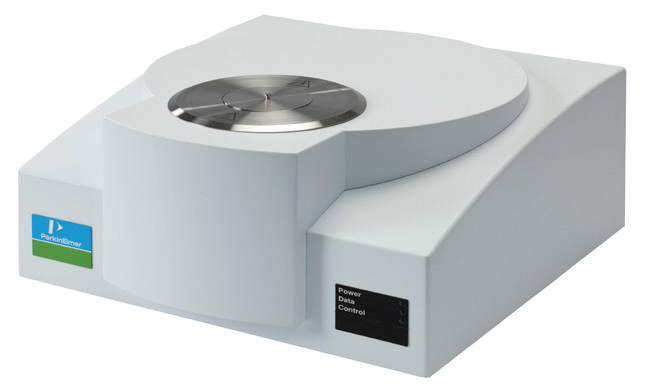Differential scanning calorimetry: energetic coating materials for solar batteries – AZoCleantech
A new type of photovoltaic technology for converting solar energy into electrical energy is known as organic solar cells, or OSCs. The technology uses a sandwich structure of metal electrodes / photoactive layers / transparent electrodes.
According to the sandwich structure described above, the active layer was not properly defined. However, it is the core and most important part of the OSC and one of the most important factors in determining the battery’s conversion efficiency.
Conversion efficiency is usually indicated by how n-type semiconductor acceptor materials are made and mixed by the p-type conjugated polymer. Organic polymer materials are used as the active layer in organic polymer cells; These can be combined with flexible substrates.
These have many great properties including flexibility, easy repair process, light weight, and wide material sources.
Current important research topics are fullerene and its derivatives as electron acceptors and polymer / fullerene solar cells that use conjugated polymers as electron donors.
The basic properties of fullerenes and polymers and their derivatives are optimized through molecular design strategies. These properties include the degree of crystallinity, the molecular energy level and mobility of the two, as well as the absorption spectrum.
The energy conversion efficiency of the battery is also closely related to the crystallinity of the active layer material. DSC or Differential Scanning Calorimetry can infer the degree of crystallinity of the material and directly measure the enthalpy of fusion of the active layer material.
This means that the user can deduce the best ratio of electron donor and electron donor in the active material based on an estimate of the energy conversion efficiency.
In this article, the PerkinElmer DSC 400 Differential Scanning Calorimeter (see Figure 1) is used to test fullerene (PCBM and polymer (DBT)) according to the above test requirements.
The melting absorption peak, the crystallinity of the active layer materials and the regularity of the molecular arrangement are used to determine the heating curve and the melting enthalpy of the four active materials with different ratios.
Illustration 1. PerkinElmer DSC 4000 differential scanning calorimeter. Photo credit: PerkinElmer, Inc.
Experimental methods
The temperature rise and fall phases are 20 ° C / min, the flow rate is 20 ml / min, the carrier gas is N2, the temperature scanning range is 30-300 ° C and the starting temperature of the experiment is 30 ° C.
Figure 2. Experimental conditions for sample tests. Photo credit: PerkinElmer, Inc.
Figure 2 shows how the initial and final temperatures were set isothermally for 1 minute to stabilize the sample temperature. The sample was heated twice to eliminate the thermal history of the sample in order to obtain an accurate heat flow curve and enthalpy of fusion of the sample.
The enthalpy of fusion of the sample was calculated using the readings taken from the second heating curve. Before the experiment, four different mass fractions of fullerene (PCBM) and polymer (DBT) active later materials were configured with 10%, 20%, 40% and 50% mass fractions of polymer (DBT).
Experimental results
Figure 3 shows the second heating curves of four active layer materials with different ratios of fullerenes (PCBM) and trapped polymers (DBT). The enthalpy of fusion of the samples increased with increasing DBT mass fraction, the maximum enthalpy of fusion of the four samples being measured at about 223 ° C.
The molecular arrangement became more regular and the internal compatibility of the material became better as the enthalpy of fusion of the active layer material of the battery increased further with increasing DBT mass fraction.
The conversation efficiency of the battery can, however, be influenced by a high DBT mass fraction in the active material, which additionally influences the electron transfer efficiency.
This means that the optimal ratio of fullerene (PDBM) to polymer (DBT) in the active materials should be derived taking into account the magnitude of the energy conversion efficiency of the cell.
Figure 3. Melting curves and enthalpy of fusion for the second heating of four different ratios of active materials. Photo credit: PerkinElmer, Inc.
Conclusion
In this article, the DSC 4000 scanning calorimeter was used to test the flow curve of the active layer materials of the organic solar cell. In addition, the enthalpy of fusion was calculated using the melting peak to determine the compatibility and molecular orientation of the material.
The data processing steps have been simplified using the peak area calculation function in the software, which improves experimental efficiency.
This information has been obtained, revised, and adjusted from PerkinElmer, Inc. materials.
For more information on this source, see PerkinElmer, Inc.



Comments are closed.